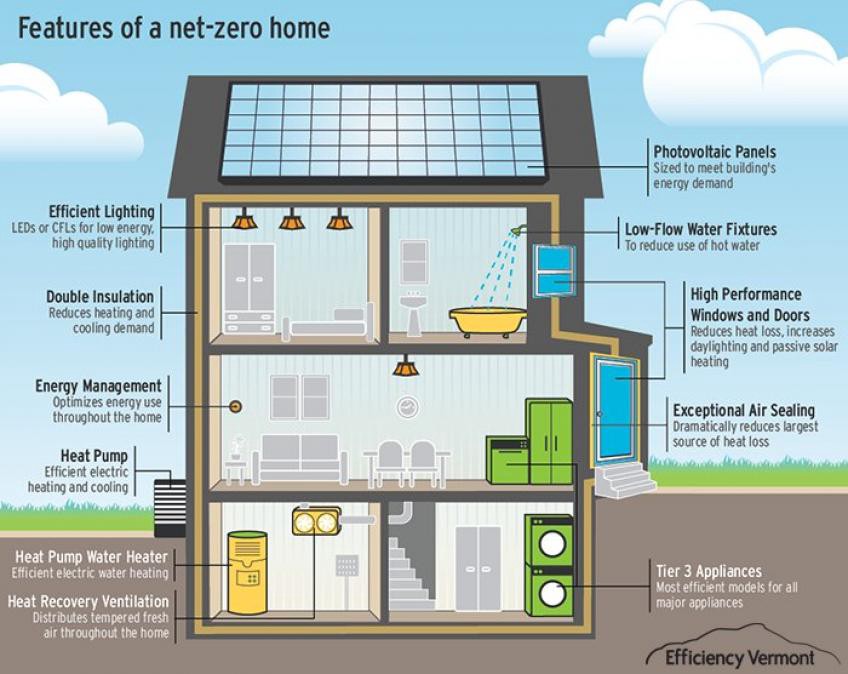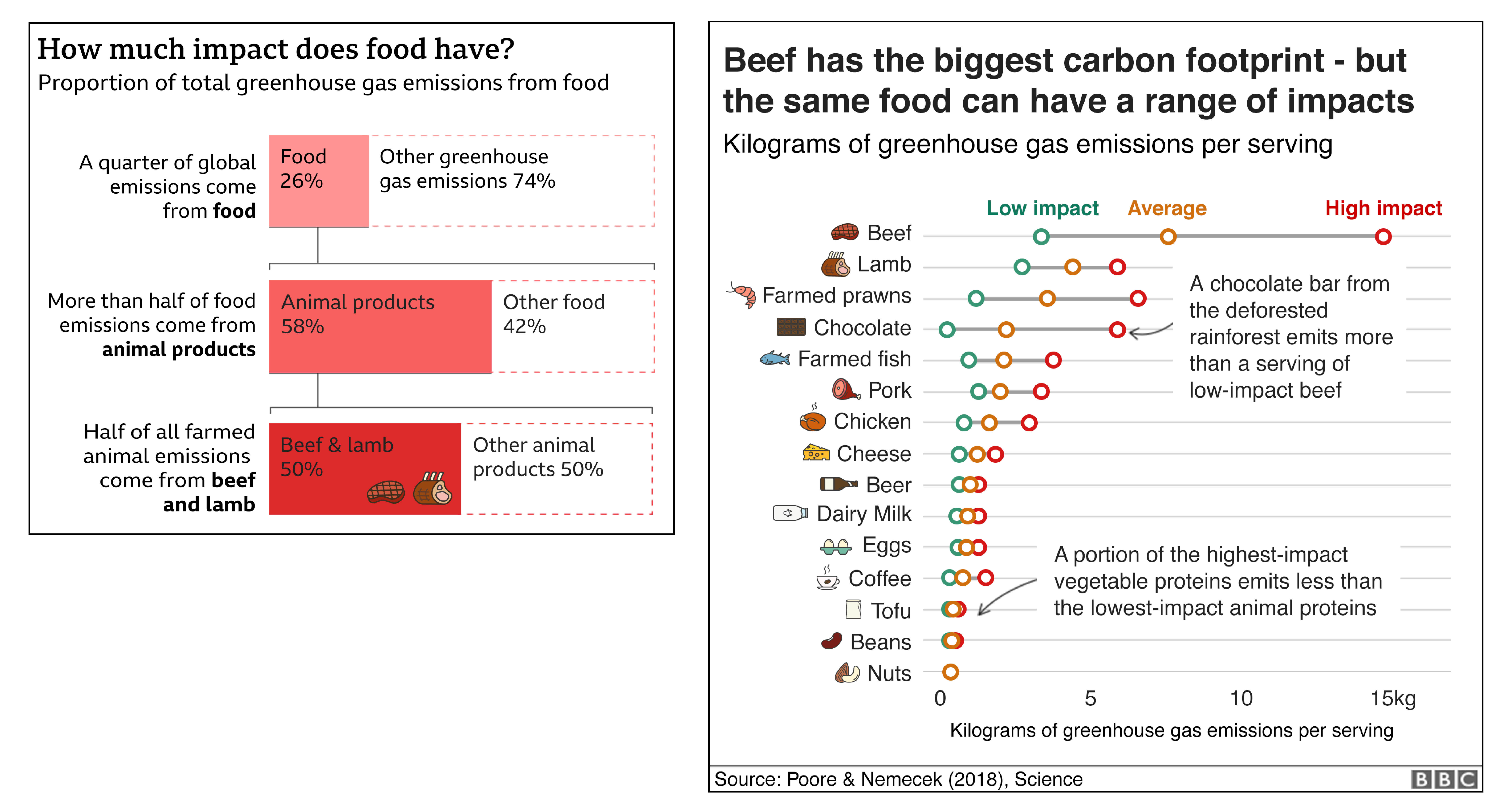Take action today!
UC Davis Tahoe Environmental Research Center (TERC), Palisades Tahoe, and Protect Our Winters have partnered to increase public action to combat the negative effects of climate change to Lake Tahoe’s snowpack and the winter tourism industry with the Save Our Snow campaign.
You have the power to reduce carbon emissions and help prevent the worst scenario from playing out. There are many easy ways that you can personally mitigate the impacts of climate change.
1. Say something! Feel good, make a difference, and save money
Use your social media influence to start the conversation with the #SaveOurSnow augmented reality Instagram filter.
2. Take the pledge to cut your carbon emissions by 1 ton/year
Did you pledge to cut your carbon emissions in the Save Our Snow filter? Thank you for taking the first step in slowing the decline in snowpack by pledging to save our snow! The next step is determining how you can reduce your individual carbon emissions by 1 ton/year. Everything we do in our day-to-day actions – driving a car, using a computer, eating a meal – contributes to our overall carbon footprint. View the carbon reduction calculator and scroll down to see what other actions you can take now!
3. Vote like your winter depends on it
Voice your concerns directly to your elected officials. There is often a large gap between the commitments said by governments and the actual implementation. Encourage representatives to enact new laws that limit carbon emissions and hold polluters accountable for their actions. Vote for officials that care about protecting public lands and support comprehensive climate policies. Join Team Pow and check out the environmental voter project to help make climate a top policy priority for our elected officials and spur a cultural shift on climate action.
4. Power your home renewably
Check out your utility website to see if you can switch to close to 100% renewable energy. Alternatively, you may have the option of choosing a different utility company that does so. If you can afford it, consider solar panels on the roof of your home. Additionally, you can also invest in low energy appliances and LED lightbulbs that are far more energy efficient than the conventional incandescent bulbs.

5. Shift to a low-carbon diet, go meat-free two days/week
Think about what you eat. Then think about the energy and resources required to grow, process, package, and ship that food. Now imagine that nearly half of that ends up in the landfill. Food waste occurs in both stores and at home because it spoils before it is bought or eaten. Create a list and be conscientious about what you buy. Eat or compost leftovers and scraps. Purchase local organic produce in the stores that have a smaller carbon footprint or better yet, support your local farmer’s market. While the transitioning to a vegetarian diet might not be attainable for everyone, simply shifting to weekly meatless days can shrink your carbon footprint by a third, according to a University of Oxford study.

6. Weatherize and insulate appropriately
Make your space more energy efficient by sealing drafts and ensuring it’s adequately insulated. One of the most cost-effective and accessible tactics to combating the climate crisis is better insulation. Older homes can stay warmer with the installation of modern insulation which will reduce the energy required for heat, reduce emissions, and ultimately save you money. Even if you can adjust your thermostat by three degrees, it will make a difference in your energy use and your energy bill.

7. Rethink your transportation
We can all make strides for change by voting for public transit, using electric or hybrid vehicles, and reducing airplane travel. If you are traveling by air, choose more efficient options such as flying on newer more efficient planes, avoiding small or jumbo planes, and traveling economy, those combined factors can reduce your emissions by 25%-45% depending on the route. Check out the Atmosfair index that allows you to determine which airlines produce the least CO2 emissions. Consider taking mass transportation like the Mountaineer Shuttle at Palisades Tahoe, walking, biking, or carpooling to work. Even regular auto maintenance or choosing to telecommute can help to reduce your carbon footprint. Together, we can drive the demand to overhaul the automobile, shipping, and flight industry to a more sustainable path!
8. Save yourself from Phantom electricity
What electronic appliances and devices do you currently have plugged into your home? How many of them are you using? Whether on standby mode or entirely turned off, devices still plugged in will continue to idly pull power. The load of this phantom electricity from multiple households can add up! Exorcize those phantoms by not leaving fully charged devices plugged in, unplug the rarely used devices or plug them into power strips and timers. Invest in a little help by purchasing timers or smart outlets that will help remind you.
9. Reduce, Reuse, Repurpose, Recycle, or don’t buy it
Refuse single-use plastic water bottles and carry your reusable water bottle with you instead, repurpose glass jars for food storage, and hit up the local thrift store to reuse secondhand items. Ultimately what is going to make the largest carbon (and price) difference is to reduce what you buy. Think about the food that ends up in the trash each week and scale back accordingly, reconsider those jeans, they may be on sale but you don't really need another pair. If you don’t need it, don’t buy it! Consider recycling as a last resort, it’s great, but often a perfunctory action across the nation. Most recycling processes are sadly not efficient and most of the world’s plastic cannot be recycled.
10. Get outside: Take a hike or plant a tree
Find a green space to take a breath of fresh air, get the blood flowing, and appreciate a moment of peace in nature. This will increase your appreciation for the natural environment which will make the ideas in this list more desirable. Plant a tree or flower which is great for offsetting a fraction of your carbon emissions and can provide support to local pollinators.
11. Divest or Buy Elsewhere
The largest source of greenhouse gas emissions come from fossil fuels. Take your money out of institutions that fund fossil fuel expansion, which could eventually dry up funding to those projects. Check out the links below for more information about banks that avoid or address fossil fuel concerns:

Other sources:
- https://mightydeposits.com/posts/environmentally-friendly-banks
- https://www.fossilbanks.org
- https://bank.green/certification
- https://www.aspiration.com
12. Support organizations working to combat climate change
The fight against climate change has already begun and you don't need to start anything from scratch. Find a group that is already battling climate change and get involved. Figure out what works for you, cash contributions are always welcome, following on social media is a great way to learn more, but personal involvement could be more rewarding. Awareness of the magnitude of the problem can be overwhelming, but conversation with friends can help put things into perspective and it is empowering to take collective action with friends. You can start with taking our climate pledge and sharing the Save Our Snow Instagram filter. Potential organizations to check out include:
Protect Our Winters
350.org
Citizen's Climate Lobby
Environmental Defense Fund
Extinction Rebellion
Natural Resources Defense Council
RepublicENs
Sierra Club
Sunrise Movement
Union of Concerned Scientists
Disclaimer: Listing of these organizations does not imply endorsement by the University of California
13. Learn more
It's important to understand how our climate is changing, so that we can better prepare for the future. Start with learning about the impacts of your own personal carbon reduction actions and help inspire others to act and achieve a more sustainable lifestyle. Learn more about Climate Change impacts in the Sierra Nevada range.
You love snow! That's awesome, we all love snow and snow sports! And we don’t want to lose all the fun. It is our duty to take action and make sure we protect winter fun for years to come.
Now that you know. What will you do to save our snow?

| This project was made possible in part by the Institute of Museum and Library Services (IMLS) Grant MA-245954-OMS-20. The views, findings, conclusions, or recommendations expressed on this website do not necessarily represent those of the Institute of Museum and Library Services. |

